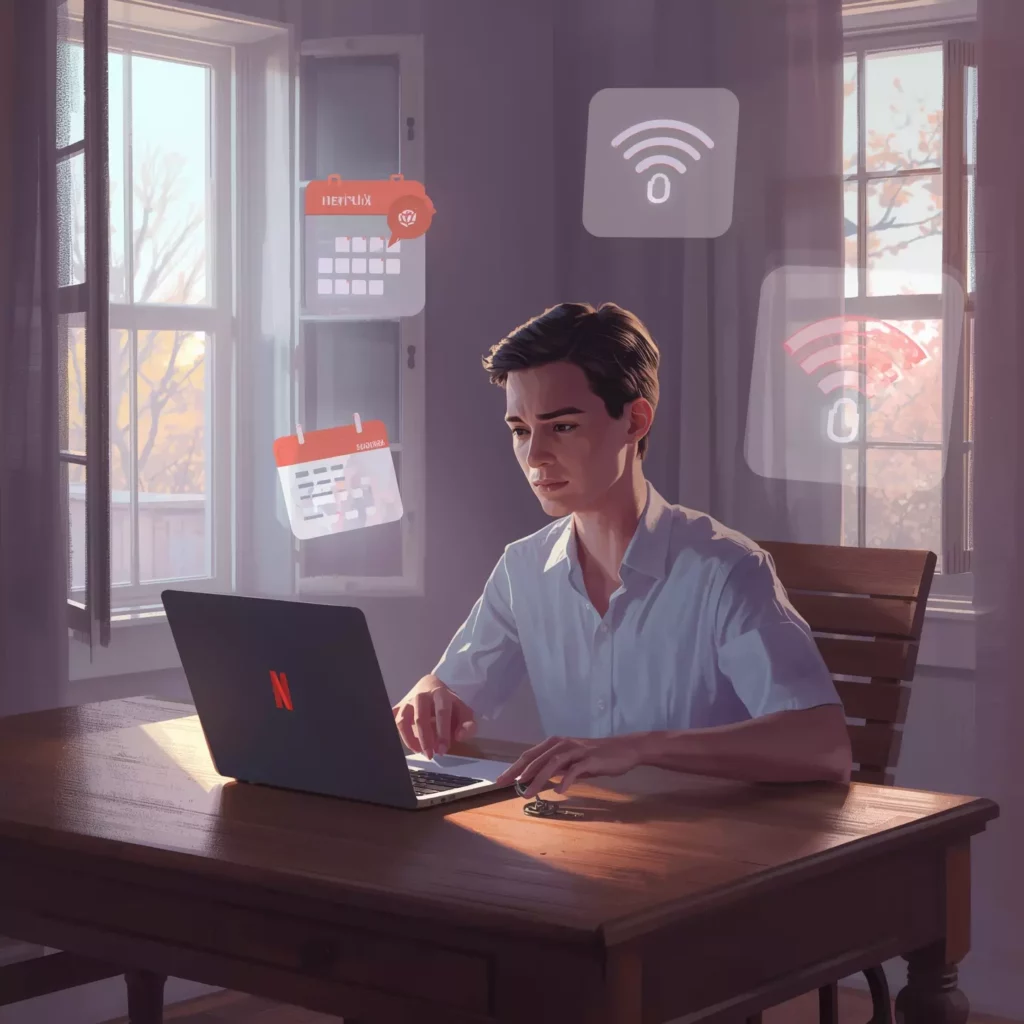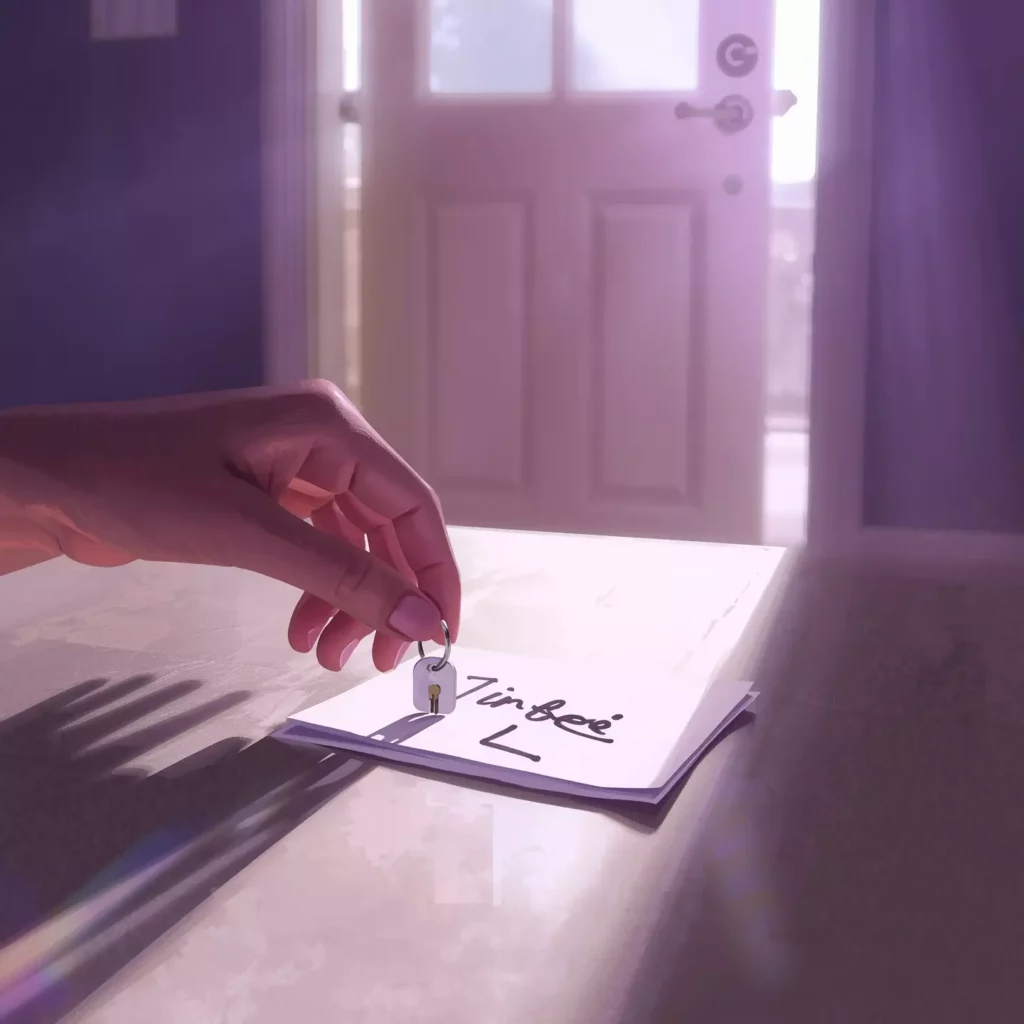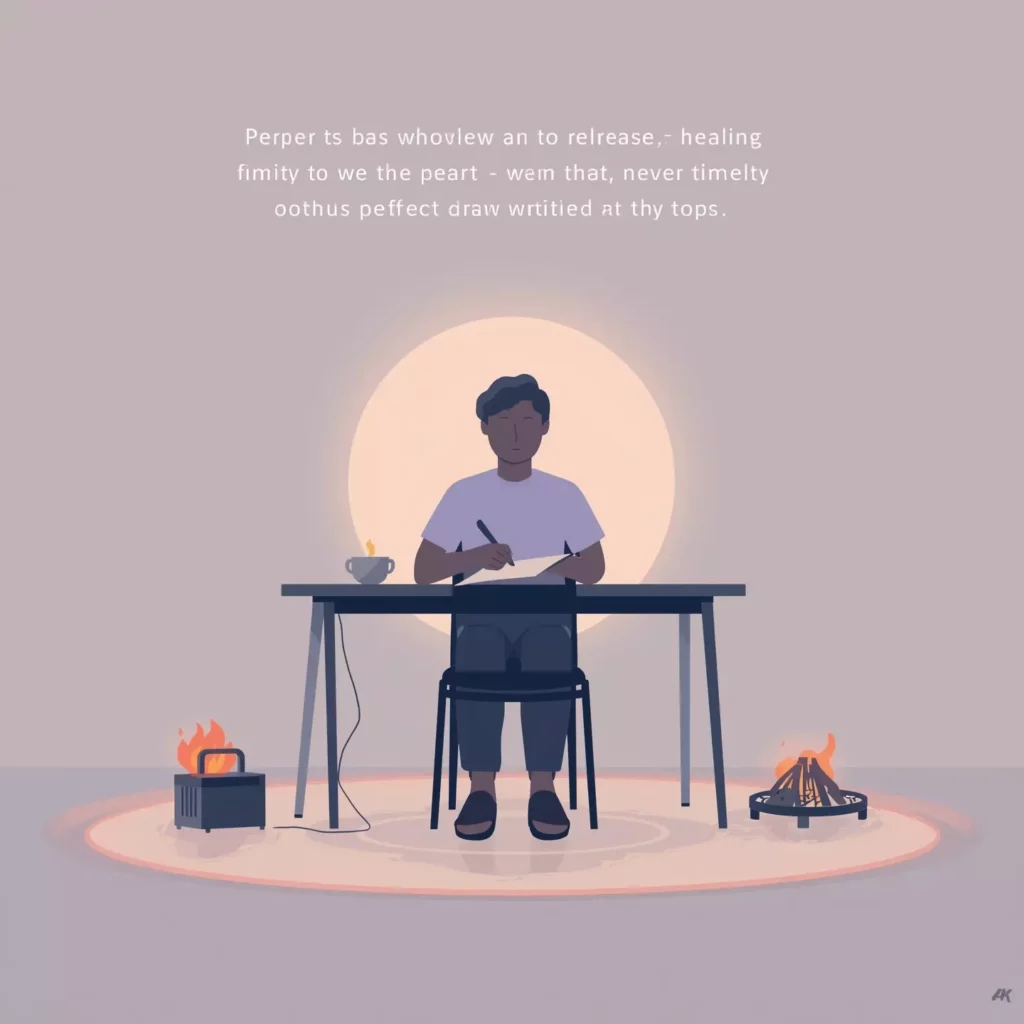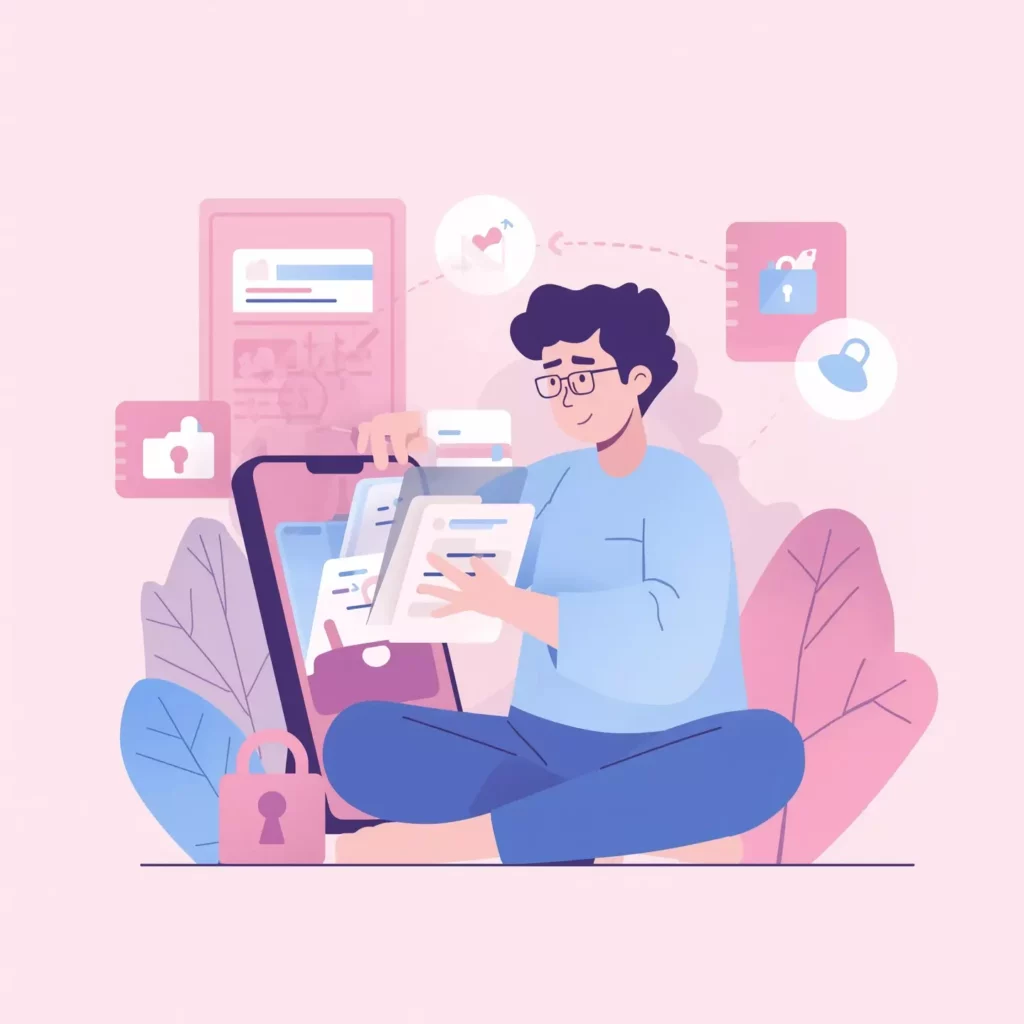Table of Contents
There’s a moment—maybe on a Tuesday—where you’re standing in your apartment, phone in hand, and you pause. Not because you miss them (though maybe you do), but because you realize: they still have the spare key. Their name is still on the Wi-Fi bill. And their email is still attached to your Spotify Duo.
This is your breakup checklist moment—the quiet realization that moving on means more than grieving. It means unlinking. Untethering. And reclaiming the small spaces you didn’t know they still occupied.
It’s these little threads—the ones we forget to sever—that keep us quietly tangled in someone we’re trying to unlove.
This isn’t about pettiness. It’s about peace. And one of the kindest things you can do for yourself post-breakup is take inventory of every shared thing that’s still whispering their name in your daily life. That’s what this checklist is for.
Why you need a breakup checklist
The end of a relationship doesn’t just disrupt your heart—it disrupts your whole ecosystem.
- Every time their name appears on a digital invoice
- Every time their toothbrush peeks out from your medicine cabinet
- Every time the Hulu account auto-renews…
Your nervous system gets a little jolt.
Psychologists have found that breakups—even amicable ones—spike psychological distress and lower life satisfaction. When you neglect to unravel the relationship practically, it’s like trying to heal while leaving the bandage off.
The act of auditing these shared elements is not petty; it’s protective. It gives you control when everything feels untethered.
How canceling shared stuff helps your heart
Yes, practical steps really do reduce pain. Not metaphorically. Biologically.
Studies show that structured self-help tasks—like list-making and reorganizing—have measurable effects on emotional regulation. They create momentum. They tell your brain: “We’re moving forward now.”
- Canceling that shared Hulu account? More than a click—it’s a boundary.
- Returning their house key? Not just courteous—it’s closure.
These are rituals of self-respect disguised as errands.
You can’t fix a heartbreak overnight, but you can cancel the gym membership you never used. That’s care. Turned inward.

No Contact Isn’t a Game – It’s a Healing Strategy
Let’s examine the No Contact strategy in: Science & Psychology, Planning it, Digital Hygiene, Relapses-Cravings & Crashes, Special Cases & Exceptions… and Signs that it’s working +What comes next.
Tap here to read more →How the breakup checklist supports No Contact
No Contact isn’t dramatic—it’s strategic.
To emotionally detach, your brain needs space and silence. Not just fewer texts—but fewer triggers.
When you cancel the shared bills, the streaming services, the co-managed calendars:
- You remove dopamine spikes tied to them
- You stop feeding the emotional habit loop
- You give your neural pathways a chance to reroute
You’re not being harsh. You’re being wise.
No Contact works when it’s supported by structural clean-up. That’s what this breakup checklist offers.

There’s no perfect time to do the list
Maybe it’s day one. Maybe it’s week four.
But when you’re ready, this breakup checklist becomes something sacred. It’s not just about returning their key or changing your Wi-Fi password.
It’s about reclaiming space.
Clearing emotional debris.
Making room for your own voice again.
And little by little, as you sever these invisible ties, something else rises quietly in their place:
You.

FAQ
Q1. Why is it important to cancel shared subscriptions after a breakup?
Canceling shared subscriptions reduces emotional triggers and helps reclaim independence, aiding the healing process.
Q2. Does cleaning up digital and physical shared items really make a difference?
Yes, structured self-help tasks like returning keys and canceling bills provide emotional relief and cognitive closure.
Q3. How does this checklist relate to the No Contact rule?
It reinforces No Contact by removing logistical and digital connections that could reopen emotional wounds.
Q4. What if I’m not ready to do all this right away?
That’s okay—use this checklist when you’re ready. Healing is nonlinear, and this list will be here when you need it.
Scientific Sources
-
Rhoades, G.K. et al. (2011): Breaking Up is Hard to do: The Impact of Unmarried Relationship Break‑up on Psychological Distress and Life Satisfaction
Key Finding: Breakups led to small but significant increases in psychological distress and decreases in life satisfaction (Cohen’s d ≈ 0.24); in ~43% of cases, changes were medium‑sized (≥ 0.5 SD).
Why Relevant: Demonstrates that practical post-breakup planning (e.g., canceling shared subscriptions) can support mental well-being by restoring a sense of control.
https://www.ncbi.nlm.nih.gov/pmc/articles/PMC3115386/ -
Gehl, K. et al. (2023): Attachment and Breakup Distress: The Mediating Role of Coping Strategies
Key Finding: Coping strategies—especially self‑help and accommodation—mediated the relationship between pre‑breakup attachment anxiety and post‑breakup emotional distress over 1–3 months.
Why Relevant: Validates that proactive planning and list-making (like this checklist) help manage anxiety and depression post-breakup.
https://www.ncbi.nlm.nih.gov/articles/PMC10727987/ -
Morin, A. (via Vogue) (2025): How to Get Over a Breakup—and Come Out Stronger on the Other Side
Key Finding: No contact prevents prolonged psychological stress by helping the brain detach from dopamine-driven emotional loops tied to an ex.
Why Relevant: Supports the checklist’s role in facilitating No Contact through the removal of physical/digital cues and obligations.
https://www.vogue.com/article/how-to-get-over-a-breakup
- The Ultimate Breakup Checklist: How to Cancel Stuff, Subscriptions & Keys Without Heartache

- Breakup Checklist for Peace: Cancel Subscriptions, Return Keys & Reclaim Space

- The Powerful Goodbye Letter You Never Send: A Healing Ritual for Breakup Closure

- Queer Healing Power: How to Write a Values-Based No Contact Declaration That Sticks

- Empowered & Protected: No Contact Safety Plan for Transgender People (Documents, Teams, Names)

- Lesbian Women: Returning belongings & shared-pet logistics kindly but firmly

- Gay Men’s Brilliant Exit Plan: A Peaceful No Contact After Gay Breakup Guide

- Women’s Ultimate No Contact Plan: Heal Faster with These Proven Scripts & Strategies

- Men: Powerful 24-Hour No Contact Strategy to Heal Fast


Leave a Reply